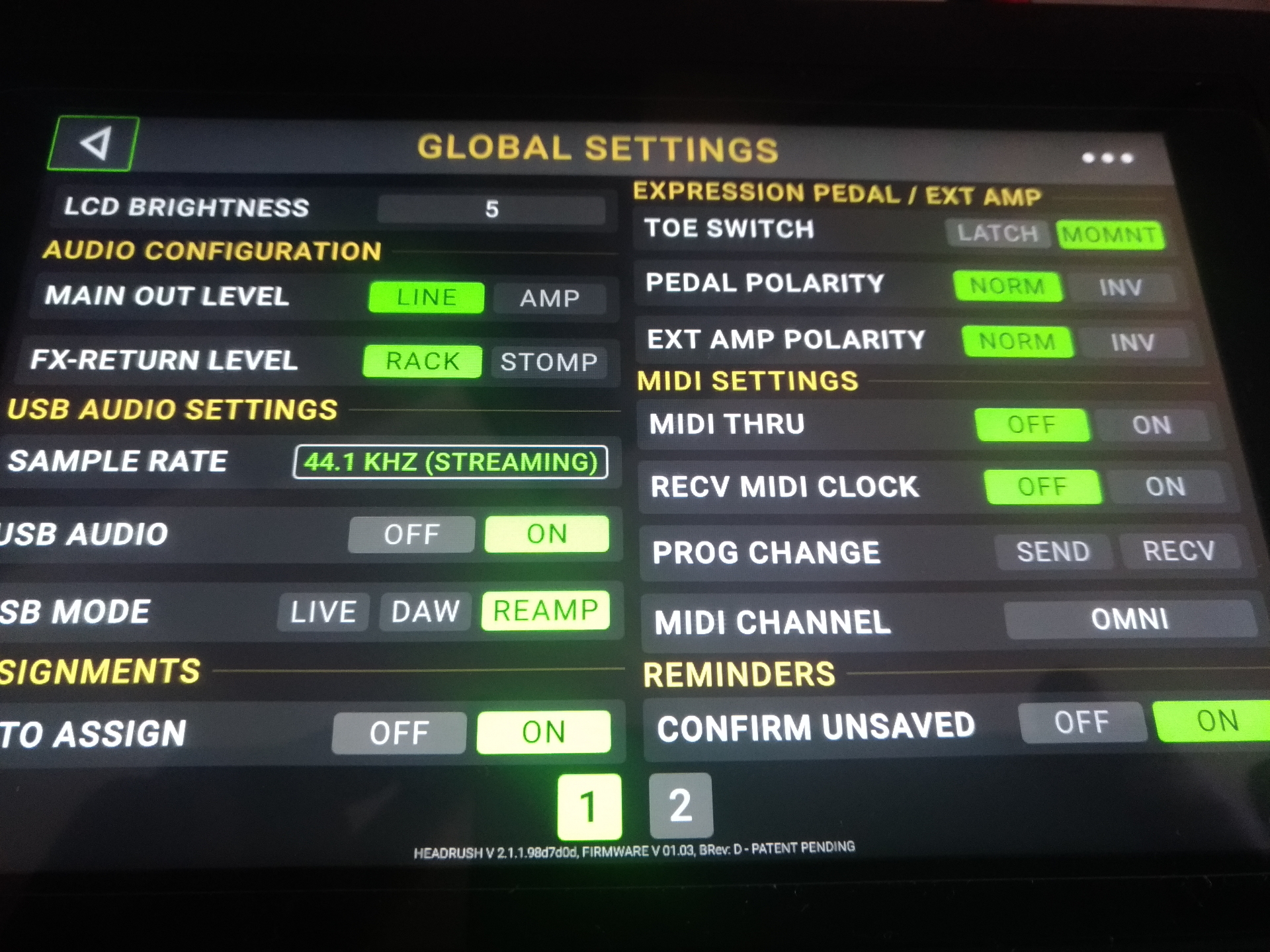
Mine is my DI and AXE combined so there are 8 inputs and 6 outputs accessing all DI and AXE inputs and outputs. Logic only take one IO device so you have to make an aggregate device.
#REAMP IN REAPER TRIAL#
I have just got re-amping working after considerable trial and error. Any suggestions, would be greatly appreciated. There are several ways to do this using additional analog gear, but I'd rather keep it all within the computer & Axe Fx & Apogee. This way, I can keep working in Logic and dial the tones, without affecting the rest of the tracks I'm hoping to be able to synch a bounce of the other instruments and play it back in synch via another daw like Reaper or Garage Band so it plays independently of logic. In order to hear only the guitar, you have to either solo, or mute the other instruments which makes it pointless as you have no reference point of what the tone you're building sounds like with all the other instruments. As a result, I hear drums, bass additional guitars etc. The only problem is that it affects every track in the project, not just the guitar or selected track. The Axe FX is fantastic! It'll play the dry recording back via USB and allow you to re-record that same signal with new settings all within itself. I did this so I could get the playing part done, and work on building the right tone for as long as I need.

I've recorded dry guitars and I'd like to re-amp them. I also have an Apogee duet which for this purpose, I'm using as the output.
#REAMP IN REAPER PRO#
Going even further, if you do create a DI track, you can specify inside of your Quad Cortex to accept the output from that track back into the device, allowing you to reamp that dry guitar input with a new preset or model without needing to record the guitar again.I'm doing some recording using an Axe Fx II as the (input) audio interface into Logic Pro X. The first track is the DI and the second is the stereo track with your amps and effects. You should now have two tracks in Reaper. Insert another new track and select the USB inputs which are our NDSP USB outputs. Insert a new track into reaper and choose “Mono > Input 1” this is your DI signal we can reamp (if needed). You can reamp your DI tracks, so it’s great to have them around. We keep Input 1 because it’s good practice to have both the dry signal and wet (modelled signal). Our left and right modelled output will be USB Output 3 and USB Output 4. The first input can remain as Input 1, but for the last (because it works on a range), we want to choose USB Output 4. If you attempt to record from these, you’ll notice you can only hear the raw DI signal, not the modelled one. These coincide with the guitar/instrument inputs on your NDSP. Where I first went wrong was being confused by the input range.īy default, your input range will be Input 1 and Input 2. Then, for the driver, you want the NeuralDSP USB Audio Device (pictured). Now, inside your Reaper device preferences, make sure you have ASIO chosen as your audio system.
#REAMP IN REAPER DRIVERS#
For Windows, you also need the official Quad Cortex Asio drivers from here. It is worth noting that I am on Windows, so for Mac, this might be a little different.

With it, you can record the DI signal (the guitar input without any processing) and the processed amp tracks inside a DAW like Reaper. The Neural DSP Quad Cortex offers some pretty impressive input and output options.


 0 kommentar(er)
0 kommentar(er)
